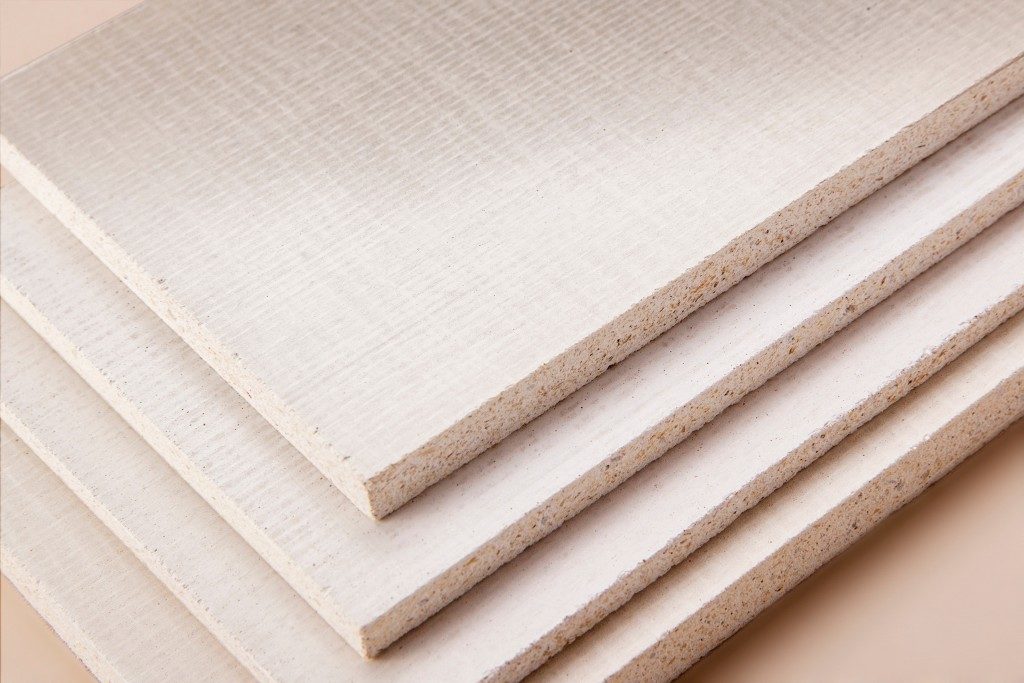- Food safety is a top priority for any food warehousing facility, and cleanliness is essential to maintain the health of workers in the facility.
- To prevent contamination, all debris must be removed, and the area must be thoroughly cleaned before and after any work.
- When designing the layout of a food warehouse, factors such as safe welding and proper ventilation must be considered.
- Proper storage practices should be implemented to ensure a neat and tidy facility.
Food safety is a top priority for any food warehousing facility. A neat and tidy storage facility is essential to maintain cleanliness and safety. An untidy warehouse can lead to food contamination, damaged products, and unhappy customers. To ensure a neat and tidy facility, following some construction tips from the experts is essential.
Why Cleanliness is Important
First, it is important to remember that cleanliness and sanitation are essential for a food warehouse. The facility must be kept clean, not only for the safety of products but also for workers’ health.
A neat storage setup will ensure that all areas are clean from dirt, dust, and debris, which can contaminate food products. Additionally, it is important to have a good sanitation system that is regularly maintained.
Preventing Contamination

The presence of dirt, rodents, and other pests can lead to food contamination during construction, which can be severe health risks to anyone consuming them. The best practice is to remove all debris and ensure the area is thoroughly cleaned before and after any work, which would be a great way to prevent the spread of contamination.
Moreover, good storage practices should be implemented to protect food products from contamination. This can include using airtight containers, sanitizing shelves and racks, and adequately labeling all food products.
Key Considerations
Constructing a food warehouse is not as easy as it may seem. There are a few key considerations to keep in mind when designing the layout and setup of the warehouse. These include:
Food-Safety
Of course, food safety is the primary concern when constructing a warehouse. For example, safe welding in the food industry is a must. It is vital to use FDA-approved welding materials and follow all safety regulations when welding in the food industry. Additionally, it is essential to have proper ventilation and air conditioning systems to keep the facility clean and prevent any cross-contamination of food products.
Design
Proper design is vital to a neat warehouse facility. Your warehouse should be designed to accommodate the flow of goods, with the optimization of shelf space, loading areas, and workstations. The warehouse layout should also allow for easy movement of workers, equipment, and products, reducing clutter and risks to safety.
Storage
Proper storage of food products is critical to maintaining the quality of your inventory. Ensure that your warehouse design includes enough storage areas to accommodate a variety of products, with shelves, racks, bins, and pallets.
Avoid overcrowding shelves or pallets, as this can lead to product damage and spoilage. Also, consider using separate storage areas for different temperature requirements, such as frozen, fresh, or dry storage options.
Lighting

Proper lighting is essential for the safety and cleanliness of the facility. Good lighting ensures workers can correctly see and identify products and avoid accidents. Bright lights make it easy to locate dirty or contaminated areas, allowing quick and efficient clean-up.
Moreover, proper lighting also helps to maintain a neat and organized warehouse, making it easier for workers to find what they need.
Flooring
The type of flooring used in your food warehousing facility is essential as it can impact overall cleanliness. Opt for a flooring material that is slip-resistant, moisture-resistant, and easy to clean. This can help reduce the risk of slips, trips, or falls and reduce contamination.
Also, consider adding drains to your warehouse to aid with cleaning and avoid water or product damage.
Cleaning
To maintain a neat facility, regular cleaning is crucial. Include a designated cleaning schedule and incorporate it into the daily operations of your warehouse. Disinfecting the storage areas, floors, and equipment should be cleaned regularly. Ensure that cleaning supplies are easily accessible to workers and that they understand the importance of maintaining the facility’s cleanliness.
The Bottom Line
Overall, a neat food warehousing facility ensures you deliver high-quality products to your customers. Proper design, storage, lighting, flooring, and cleaning processes are key in maintaining a neat and tidy facility. Incorporating these tips and best practices into your facility’s construction can help reduce contamination risks, increase productivity, and maintain a high-quality standard of food storage. Remember, a clean warehouse is a happy warehouse!


